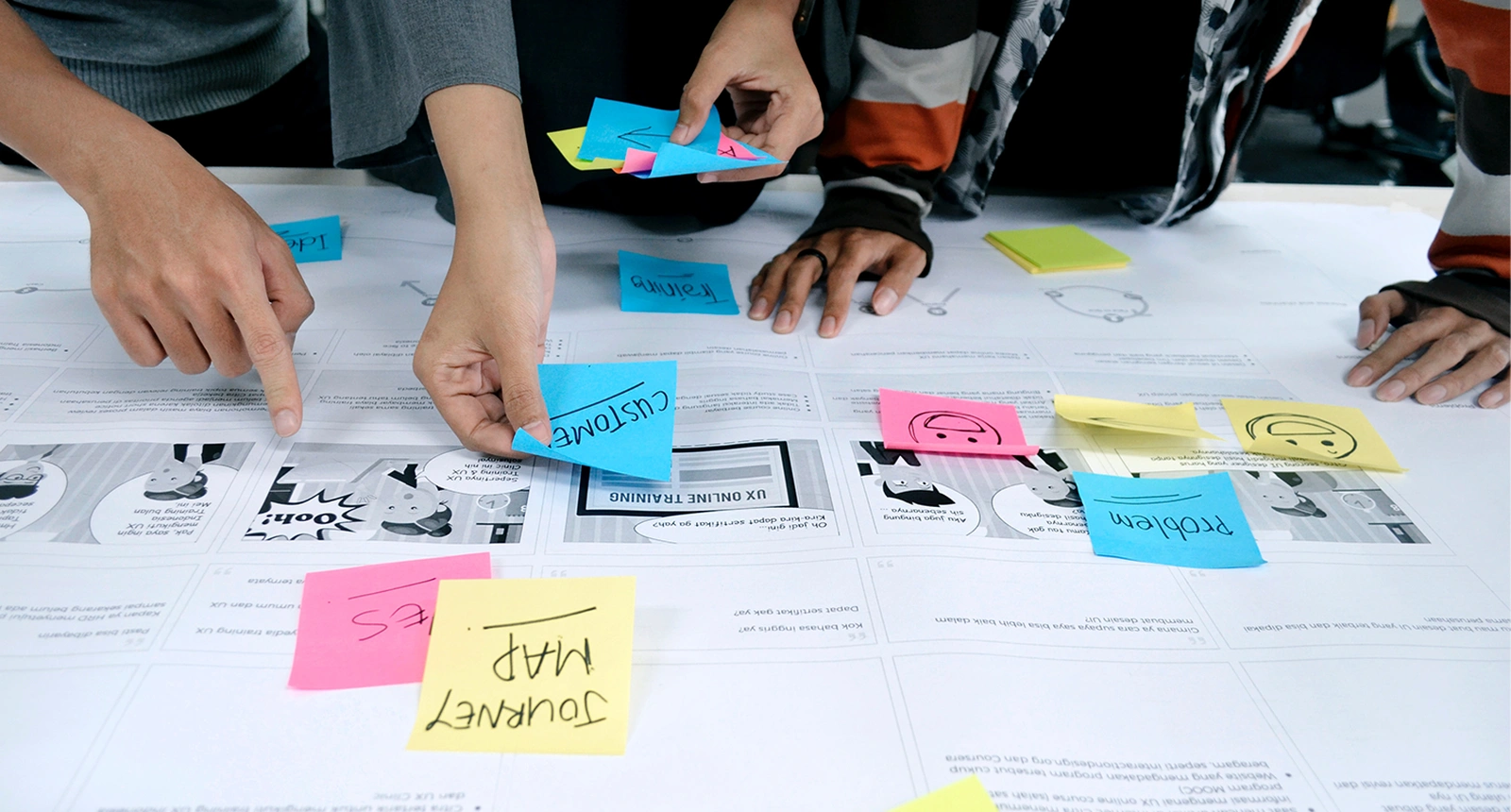The Evolution of Design
A lot has been written about Design Thinking, what it is and where it comes from - just a quick sum up based on the very good post by Julian Koschwitz on Medium:
- Design has evolved from a craft to an universal approach («form follows value») to solve open ended problems.
- Working on topics to create the new, purely analytical approaches are not working ("How to reinvent healthcare?") – generative approaches perform better.
- Thats why design has the potential to solve complex, networked and dynamic - i.e. wicked - problems where "trusted routines just don't work anymore" .
- It's always about a desired future state and the impact on human beings.
- Companies that apply this are by far more successful.
Analytical meets generative thinking
So companies start to hire designers, create design thinking, human-centered design and innovation departments. Thats a good thing; but why are not more organizations successful implementing this methodologies?
It's the system
In our experience the difficulty is to combine this human-centered work-approach with the perspective of the whole organization – to also look at it through the lens of the system.
Many Design Thinking initiatives focus on a specific product or service - yet answering the question how to re-invent a whole business of a large corporation needs more dimensions to look at, e.g.: What are the forces at play influencing our business?
- What's the purpose, vision and strategy of the firm?
- How do we need to adapt the organization to deliver on it?
- How need teams to lead and work in new ways?
- How do individuals change mindset and belief to be ready in the new, future reality?
Working on these questions, can not only be answered by taking the perspective of the customer but strategic thinking that can handle ambiguity and use analytical firepower where needed.
Know when to use what
Our practice shows that it is not about praising the one method over the other rather than knowing exactly when each approach has the biggest impact. You have to master those approaches and mental models to be able to let go and see what makes sense in each and every moment. There is no standard formula.
Recommendation by Julian Koschwitz
Resources to dig deeper
- Jan Kolko (2017). Design Thinking Comes of Age, In Harvard Business Review, https://hbr.org/2015/09/design-thinking-comes-of-ageHBR,
- Kumar, J., Au, I., Stewart, M., Lefelt, T., & Dill, K. (2016). Design Leadership for Business Innovation., In Proceedings of the 2016 CHI Conference Extended Abstracts on Human Factors in Computing Systems (pp. 1043–1046). ACM.
- Maeda, J (2017). Design in Tech, https://www.slideshare.net/johnmaeda/design-in-tech-report-2017
- Au, I. (2016). Design in venture capital, O'Reily Media, https://www.oreilly.com/ideas/design-in-venture-capital
- Buchanan, R. (1992). Wicked problems in design thinking. Design issues, 8(2), 5–21.
- Martin, R. L. (2009). The design of business: Why design thinking is the next competitive advantage. Harvard Business Press, Chicago
- Thaler, R. (2015). The Making of Behavioral Economics: Misbehaving. New York. https://www.cbinsights.com/research/startup-failure-post-mortem/
- IDEO and CRH, https://www.crh.org/about-us/innovation
- Watson T. Jr, (1973), http://www-03.ibm.com/ibm/history/ibm100/us/en/icons/gooddesign/
- DMI, 2015, http://www.dmi.org/?DesignValue
Want to apply
Design Thinking
in your company?
Let's collaborate!

